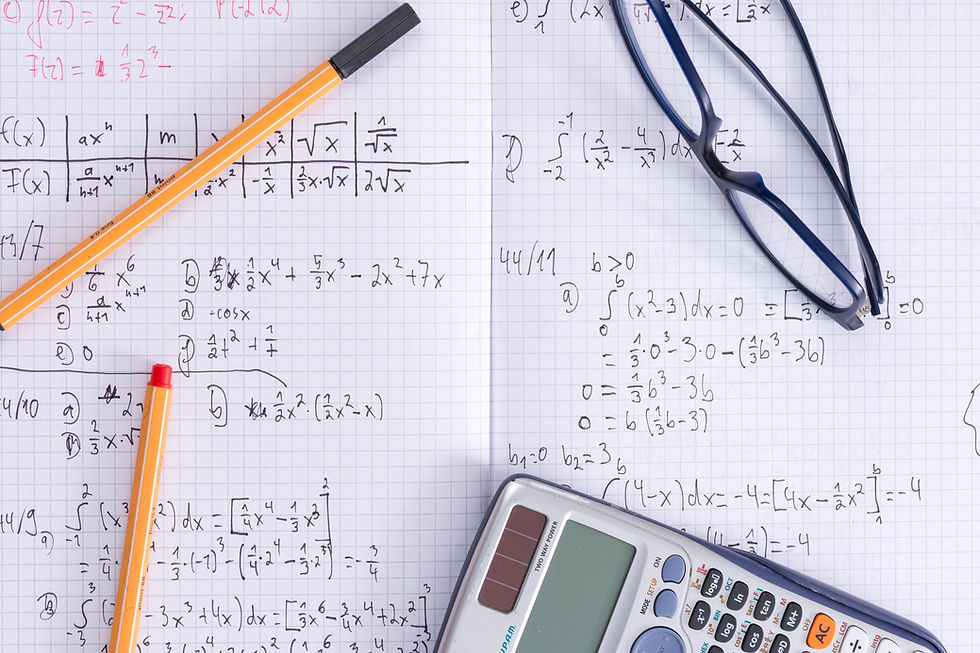A foolproof survey design to ask an embarrassing question and seek true information!
- Ganesh Balasubramanian
- Oct 9, 2019
- 2 min read
Updated: Oct 12, 2021
Recently, I read "Duelling idiots and other probability puzzlers" by Paul J Nahin. It is a must-read for people interested in probability and statistics. The book offers interesting puzzles that are fun to read and solve. In this article, I will share one example that caught my attention while reading this book.
Objective: To estimate what proportion of people in a population would engage in an embarrassing act?
It is difficult to estimate what proportion of a population would have engaged in an embarrassing act using conventional survey methods. Naturally, survey respondents might not be honest in their responses when the question is sensitive and involves an embarrassing act. Some examples of such questions are provided below.
What proportion of a population would have smoked inside a hospital?
What proportion of a population would have consumed alcohol before attaining the legal age of consumption?
We can select a random sample (of sufficient size) from the population for the survey. But, how do you get to know the truth from the respondents in the sample? If the act is embarrassing, respondents may lie or might shy away from responding.
Experiment Design
Provide a private room and a fair coin to the respondent. Now, give the following instructions to the survey respondent:
Get into the private room.
Flip the coin.
If you get tails, then write your answer to the embarrassing question on a piece of paper as yes/no.
Instead if you get heads, flip the coin again and write yes/no to the following (non-embarrassing) question "In the second flip, did the coin show heads?"
In this experiment, the privacy of the respondent is maintained as no one except the respondent knows whether the recorded answer (Yes/No) is for the original embarrassing question or the non-embarrassing question. Hence, this method, if properly administrated, will ensure the revelation of true information from the respondents.

Analysis
Now, we will have a bunch of papers with Yes/No written on them. Two categories of respondents would have responded "yes".
Respondents who got tails in the first flip and have engaged in the embarrassing act.
Respondents who got heads in the first flip and the second flip
Now, we can do the following analysis
Let the total number of responses be n
Let the proportion of people who have engaged in the embarrassing act be p (our objective is to estimate p)
Expected number of tails in the first toss =0.5 n (provided n is sufficiently large). Out of this 0.5n respondents who got tails, p proportion of people would have answered yes. So, the number of 'yes' responses from this category is 0.5*n*p.
Out of the other 0.5 n people (people who got heads in the first toss and hence tossed again), 50% of people would have got heads in the second toss. So, the number of 'yes' responses from this category will be 0.5*0.5*n.
Total number of 'yes' responses = 0.5*n*p + 0.5*0.5*n
Since we already know 'n' and the total number of 'yes' responses, we can easily estimate the value of p.
Done!
Source: Nahin, P. J. (2002). Duelling idiots and other probability puzzlers. Princeton University Press.
Image sources: wix and Giphy


Comments